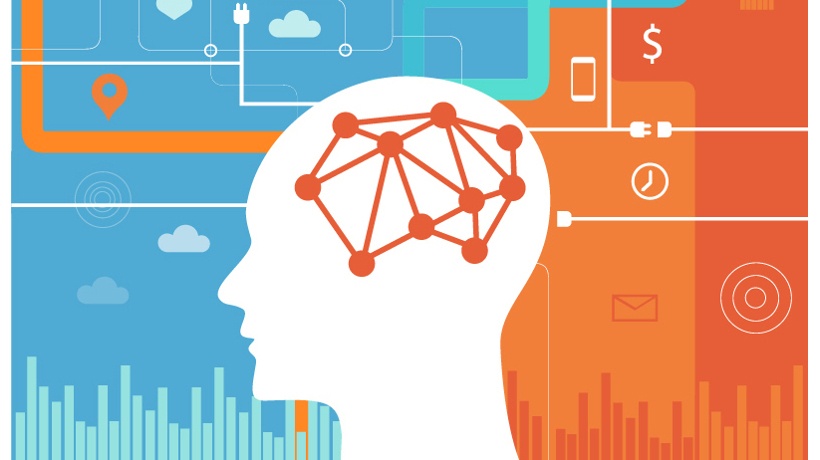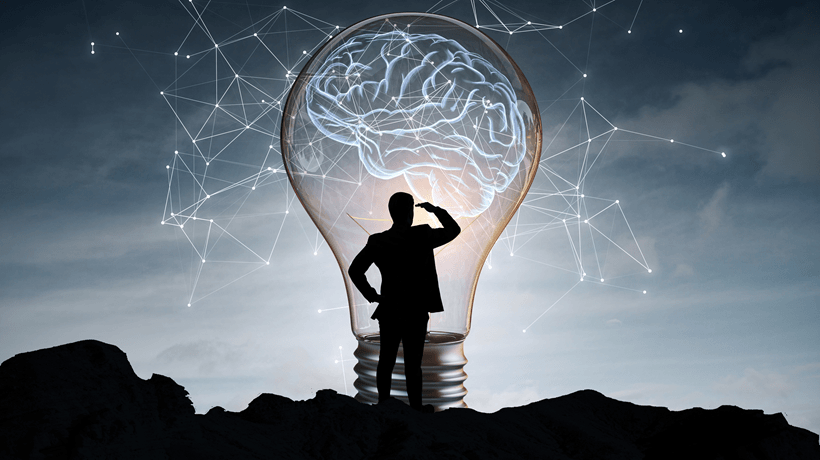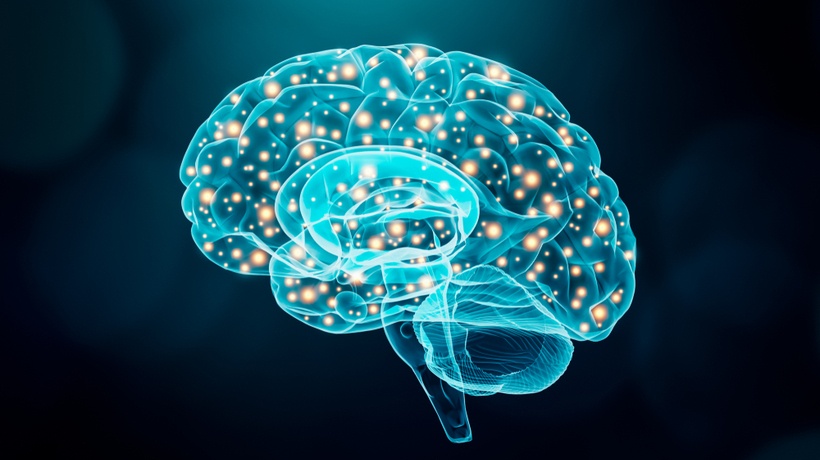Neuroscience Fundamentals Every Instructional Designer Should Know
The brain is a beautiful thing. It's also one of the most complex and complicated structures known to man. Every emotion, thought, and memory involves countless chemical reactions and neural pathways. To learn new information, our minds must be primed for the task. Which is why eLearning professionals should consider these 7 neuroscience fundamentals for their Instructional Design.
1. The Brain Requires Optimal Learning Conditions
Our brains are often likened to machines. But machines don't have to contend with worry, fear, and other emotional barriers. This is why our minds require specific learning conditions to properly absorb information. In fact, two key processes need to occur: Firstly, the brain must be able to react to the stimuli. Secondly, it must create new neurons and pathways. Emotional distractions can hinder these processes and prevent assimilation of knowledge. Thus, eLearning professionals must create the ideal eLearning environment. This includes calming color schemes, background music and graphics. Even the level of challenge may have an impact on the brain's processing power.
2. Different Cognitive Functions Trigger Different Regions Of The Brain
Learning isn't as simple and straightforward as some might think. In fact, different cognitive functions require different parts of the brain. Higher functions, such as evaluating a concept or applying information we've learned trigger specific regions. Usually those that pertain to problem-solving and knowledge association. However, lower functions deal with the hippocampus. This is the region of the brain that handles memory and emotion. The greater the learning task, the more neurons and mental pathways we use. For this reason, eLearning professionals should incorporate active recall into their eLearning course design. Actively retrieving and applying information improves knowledge retention and triggers multiple areas of the brain.
3. Spaced Repetition Makes Learning More Memorable
The human memory is finite. There's only enough room to store information that is relevant to the individual. But what classifies as "relevant"? Typically, items that appear repeatedly fall under this category. Our brain recognizes these ideas and concepts, and knows that they are important. As a result, it locks it away in our memory banks for later use. Spaced eLearning is one of the most effective ways to facilitate this process in eLearning. Develop bite-sized online lessons, modules, and eLearning activities that are spaced out over time. eLearning materials should involve the same concepts or topics that are presented in different ways. For example, a work task becomes a branching scenario, eLearning video-demo or an eLearning simulation. These eLearning activities take place over the span of a week, rather than one online session.
4. Rewards Increase Engagement And Retention
It probably comes as no surprise that humans love rewards. Some tasks require an incentive to trigger our motivation. Neuroscientists believe that dopamine levels in our brain rise when a reward is involved. This dopamine spikes excitement and engages online learners. It also motivates them to actively participate, in hopes that they will snag the grand prize. The incentive can even be something as small as a badge or unlocking the next level. This is why many eLearning professionals gamify their eLearning courses. Gamification combines traditional learning materials with game mechanics, such as leaderboards and point systems.
5. Positive Reinforcement Facilitates Meaningful eLearning
Everyone needs a bit of personalized praise from time to time. The proverbial pat on the back. This human trait is even based in neuroscience. When we receive positive reinforcement and motivation, our brains release neurotransmitters. It also sends shockwaves through the memory regions, which raise our awareness. An even more powerful process occurs when positive reinforcement is relevant to our needs. For example, feedback that pertains to our goals or strengths. Create more meaningful eLearning experiences by offering targeted feedback in a timely manner. Highlight an online learner's accomplishments and praise them for their efforts.
6. Stress Is A Knowledge-Blocker
It's a known fact that stress wreaks havoc on the body. From lack of appetite to sleeping difficulties. However, it also hinders the learning process. The amygdala is the region of the brain that responds to stress, fear, and worry. When it detects an imminent threat, the amygdala jumps into action and puts up an information blockade. The brain is no longer concerned with absorbing knowledge. It simply wants to deal with the threat and preserve itself. This is why you should create a stress-free environment for your online learners. Find the ideal difficulty level and keep lessons manageable. For example, break a half hour course into 3 separate eLearning modules to avoid cognitive overload. Stress the importance of using mistakes as learning opportunities so that online learners' aren't afraid of failure.
7. Enjoyable eLearning Experiences Improve Comprehension
Joyful and positive eLearning experiences are more memorable. This is because our brains associate the information with favorable emotions. The only thing more powerful are enjoyable self-guided experiences wherein we discover something new about ourselves or the world. For example, a problem-solving eLearning activity that allows us to explore new ideas and challenge our assumptions. If the learning process is enjoyable enough, we may even facilitate lifelong learning. It is also important to always research your audience to find out what motivates them. What drives them to be their best and achieve their potential? This allows you to design eLearning courses that meet their emotional needs and foster a positive learning atmosphere.
These neuroscience fundamentals give you the opportunity to create personalized eLearning courses that motivate, inspire, and engage your online learners. In fact, you may want to use it as a checklist for your next eLearning project. If these building blocks are in place, then the mind is more likely to retain and recall information.
Would you like to learn more about the psychology of learning? Read here the Top 10 Psychology Books That eLearning Professional Should Read to help you develop successful eLearning experiences.









